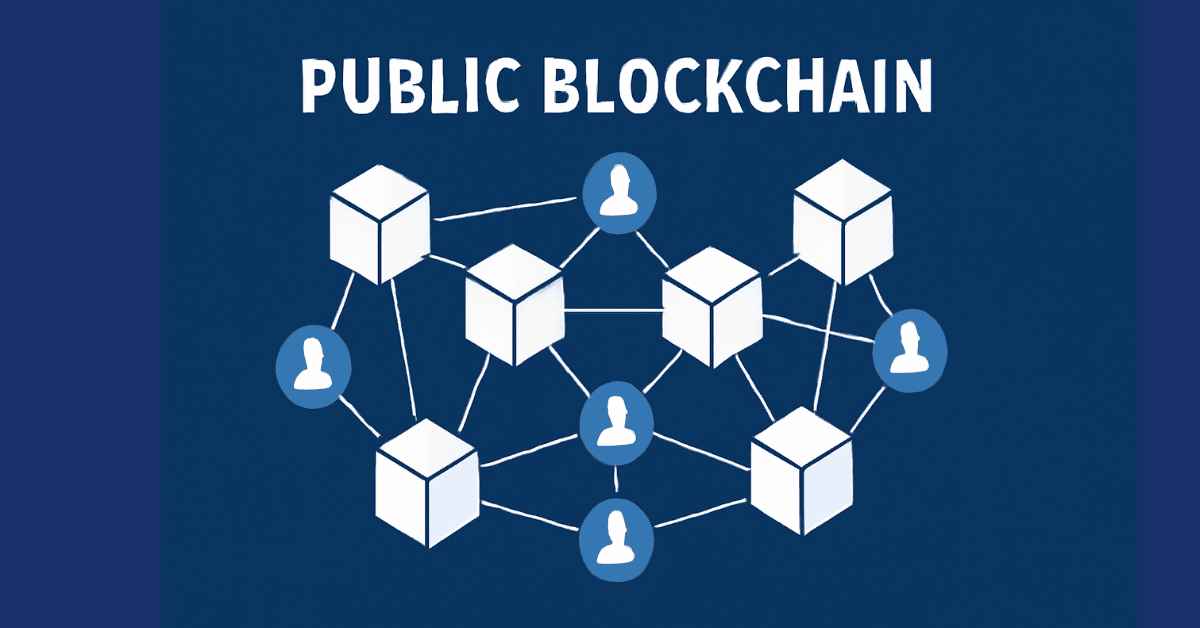
Understanding Public Blockchain: Features and Applications
1. Understanding Public Blockchain
A public blockchain is a distributed network where any individual can participate, conduct transactions, and validate information without needing permission from a central entity. This is the most prevalent type of blockchain and forms the foundation for many digital assets like Bitcoin and Ethereum. Most permissionless blockchains are considered public due to their inherent transparency and openness. However, some public blockchains might incorporate specific access requirements.
2. Key Characteristics of Public Blockchain
- Decentralization: A primary distinguishing feature of public blockchain is its ability to operate independently without any central authority controlling it. All decisions within the network are made through the consensus of its members.
- Transparency: Every transaction on a public blockchain is recorded and openly accessible on a distributed ledger. This allows anyone to view and verify transactions, enhancing transparency and mitigating fraud.
- Openness: Public blockchains do not require special access privileges. Anyone with an internet connection can join the network, validate transactions, and become a part of the system, fostering an open and global environment.
- High Security: Thanks to advanced cryptographic mechanisms and robust consensus methods, public blockchains offer a superior level of security, effectively preventing attacks and fraudulent activities.
- Immutability: Once a transaction is confirmed and recorded on the ledger, it cannot be altered or removed. This ensures data integrity and prevents any form of manipulation.
3. Examples of Popular Public Blockchains
- Bitcoin: This is one of the most well-known public blockchains, introduced in 2009. Bitcoin was designed as a decentralized currency system, supporting direct peer-to-peer transactions.
- Ethereum: A decentralized blockchain platform proposed in 2013. Ethereum enables the development and deployment of smart contracts and decentralized applications (dApps).
- Solana: This is a high-performance public blockchain built to support decentralized applications and financial transactions with fast processing speeds and low costs.
4. Public Blockchain vs. Private Blockchain Comparison
Both public and private blockchains possess unique characteristics and advantages, making them suitable for different use cases. Public blockchains are typically chosen for applications demanding high transparency, decentralization, and strong security. Conversely, private blockchains are more appropriate for businesses and organizations that require strict access control and the protection of sensitive data. The selection of the suitable blockchain type depends on the specific requirements of each project or organization.